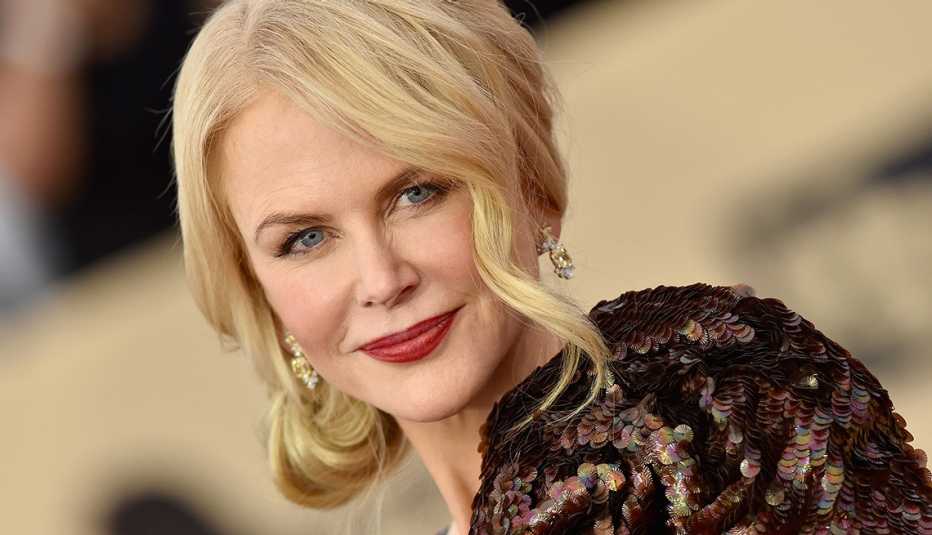AARP Hearing Center


Women, particularly those 40 and older, are still marginalized when it comes to popular movies, says a new report by the University of Southern California's Annenberg School for Communication and Journalism. Women get fewer than one-third of speaking roles even after calls for inclusion.
Hollywood has made no progress in representations of women, sexual and racial minorities, the disabled and people over 45, according to this year’s Annenberg Inclusion Initiative report released Wednesday. Analyzing 1,100 popular films from 2007 to 2017 that featured 48,757 characters, it found that women get only 31.8 percent of speaking roles — and after age 40, less than one-quarter of all roles.
Katherine Pieper, a research scientist at the USC Annenberg School and the study's coauthor said: “Hollywood's image of women does not center on women across the life span. Women age 40 and older — and women age 60 and older — have compelling stories to tell, and audiences are not given the opportunity to see and hear from these women in some of our most popular stories."
Grownups 50 and older make up more than 30 percent of all moviegoers, and they are 75 percent of the audience for art-house films, a 2017 AARP study revealed. But Hollywood too often caters to the young. Of the top 100 films of 2017, only 30 had a male lead over age 44 and only five featured a woman over the same age. They were Meryl Streep, 69, Amy Poehler, 46, Judi Dench, 83, Halle Berry, 51, and Frances McDormand, 61, who famously used her 2018 Oscar speech to urge actors to demand contracts that require diversity in a film’s casting.
In a previous Annenberg/Humana study of 25 Oscar winners for best picture, less than 12 percent of the characters were over 60. And there were only three important roles played by grownups, both male — two by Michael Keaton, 66 (in Birdman and Spotlight), and one by Jeff Bridges, 68, in Hell or High Water, whose character is told, “You wanna hear about these bank robberies or just sit there and let Alzheimer’s run its course?” Annenberg’s 2017 study “Over Sixty, Underestimated” found that 42.9 percent of films that had a leading or supporting senior character featured such ageist comments.
In order to achieve diversity, directors must be more diverse and hire diverse actors. But that hasn’t happened in the last decade either. A previous Annenberg study found that among the top 1,000 movies, there were 16.5 male directors for every female director, and that number is not trending up. Also, few working female directors get hired after age 60. Male directors experience age discrimination, too, but a few work into their 80s. “Ageism is still an accepted form of exclusion in cinematic storytelling,” said lead author Stacy L. Smith in that 2017 report.

































































More on Entertainment
Hollywood Embraces De-Aging Its Stars
But is this a good or a bad thing?